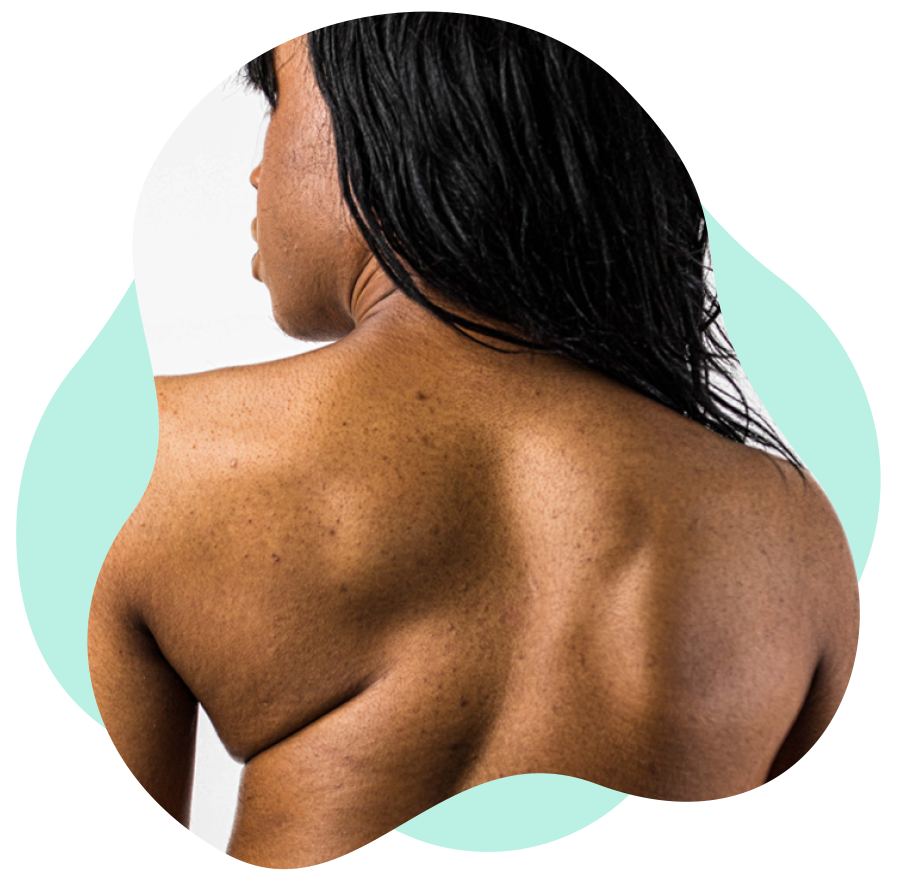What has caused my syndromic scoliosis?
The syndrome condition causes the scoliosis to occur as a secondary disorder. Some syndromes where scoliosis is likely to happen are connective tissue disorders where weaknesses in the areas where this connective tissue is found, can occur. Syndromes such as Marfan’s and Ehlers-Danlos syndrome, trisomy 21, Prada-Willi, Retts syndrome and Beale’s syndrome are connective tissue disorders and can cause problems with eyes, lungs, joints and bones, including in the back.
How will my syndromic scoliosis be diagnosed?
Most patients are diagnosed with a syndrome in the early years of their life. The medical staff involved in their care for this syndrome will be aware that scoliosis may occur and check regularly for signs of curvature in their spine caused by their connective tissue disorder.
What treatment will I receive?
Depending on the age of the patient, and the nature of their underlying condition, the treatment may be similar to that offered for idiopathic scoliosis https://ssr.org.uk/types-of-scoliosis/adolescent-idiopathic-scoliosis/. Some syndromes might mean a patient is not mobile and in these cases seating aids, such as lumbar supports, support cushions or full seating systems, may be used to allow the patient to sit more comfortably in their chair. Surgery may also be offered to allow the patient to sit more comfortably.
How will my syndromic scoliosis be monitored?
In some cases, no treatment will be needed and the patient will simply be checked regularly by a scoliosis specialist, in growing children this is usually every 6 months or a year. If the patient is growing more slowly, monitoring may happen every 2 years.
What treatment will I receive?
Casting
Young children with syndromic scoliosis may benefit from having a spinal cast which is sometimes called a plaster jacket which is custom made for the child. This cast helps to guide the growing spine and aims to either improve the shape of the spine as it grows or stop the curve getting worse. Casts start from the underarms and cover the whole of the trunk or upper half of the body.
The cast is made of lightweight materials such as fibreglass or plaster-of-Paris and although it cannot be removed by the child or family it is changed regularly as the child grows and the shape of the back starts to change. In children under 2 years old, the cast will be changed every 2-3 months with the aim of making the spine straight. Casts are created in a special way with a hole in the chest or stomach area so that the lungs and trunk can expand and the child can eat and breathe without restriction or discomfort.
Many parents find it easier for their child to wear a cast, which is worn all the time, rather than a brace which is usually worn for 20 hours per day. This is because it avoids the problem of getting the child back into the brace each day, after the hours that they are without it. In some cases, a removable brace may still be needed after the casting treatment has been applied.
Bracing
After a cast has been worn, or if the curve is getting bigger as the child grows, the specialist may use a brace to further the child’s treatment. A brace does not usually reduce the size of the curve but is used to stop the curve getting bigger too quickly. Slowing down progression lets the child keep growing for longer before a more permanent treatment, such as surgery, can be recommended. Braces are usually worn 20 hours per day. They can be taken off for bathing, sports, and a break in the morning and evening. As the child grows, new braces will be made to fit their growing body.
Surgery
If casts and braces fail to stop a curve getting bigger the child may need an operation. The most common type of operation for children under the age of 10 is to attach growing rods to the child’s spine. These growing rods, which are usually attached to the spine above and below the curve, help to guide the spine as it grows to slow down the rate in which the spine curves. This treatment can reduce the curve by up to half its size, when first fitted.
The child then returns to hospital every 4 to 6 months for the rods to be made longer to keep up with their growth. This is done via a small operation; one small incision, and usually one overnight stay in hospital.
There is also a type of rod that can be lengthened without this surgery called magnetic rods. They are lengthened by a magnet, which is quick and relatively painless, and as there is no surgery needed the child is awake as it is done, usually in an outpatient clinic.
Some children will have to wear a brace to protect the rods. When the child becomes older and the spine has grown, the doctor will remove the rods. At this stage of treatment the patient will usually have a final spinal operation called a spinal fusion. This is where some vertebrae are helped to fuse together to give the back stability. In some cases, surgery will not be possible because of other health conditions caused by the syndrome, in these cases other treatments will be used instead.
How will syndromic scoliosis affect my life?
For someone who has scoliosis due to a syndrome the aim of surgery would be to control the curve in a safe and comfortable position, allowing for the patient’s other health needs to be treated without any other complications caused by the scoliosis.
If you need help or advice please call our Helpline on 020 8964 1166 or email info@ssr.org.uk.





